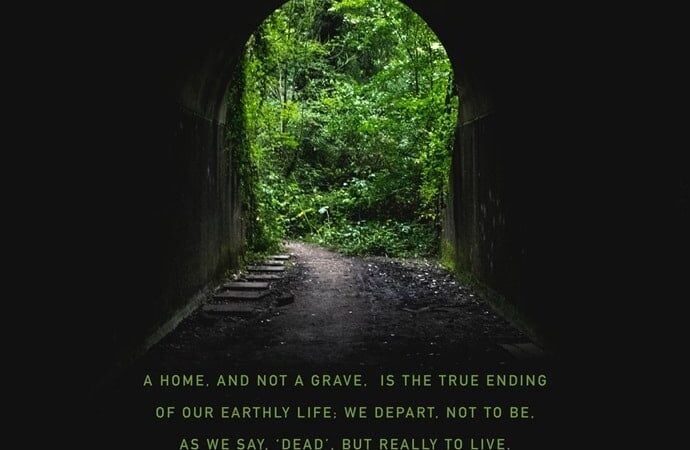Now What?

It is a question I get asked with fair frequency: What book would you recommend for a new Christian? If someone has just made a profession of faith in Christ, what would you suggest they read? The answer changes with the times because the times continue to change, so while there are some issues that will face all new believers, there are others that will be specific to a context or culture.
A new book that I’d recommend for a modern Western context is Aaron Armstrong’s I’m a Christian—Now What?: A Guide To Your New Life with Christ. Here’s how it begins:
Imagine waking up one morning and being you, but not. You get out of bed and look in the mirror. What’s different? you wonder. You still look like you—you haven’t magically switched bodies with your best friend or your teenage self. No new gray hairs as far as you can tell. A six-pack didn’t appear overnight. You lean in as close as you can to the mirror, so close that you’re about to leave a mark. Still, there’s nothing different. You’re the same you as you were before you woke up this morning.
That is a pretty good description of what it’s like to begin your first full day as a Christian. And while some will have grown up in a Christian context and know roughly what to do with this new-found faith, many others will have grown up in a non-Christian context and will have no idea whatsoever. This is exactly the case for many I have seen and known here in the Toronto area. Such new believers need to be cared for and taught and mentored. And a book like this one could play and important part in that.
Armstrong begins where we might expect—with the importance of relating to God through Scripture and prayer and with relating to God’s people through the local church. Through several chapters he provides basic discipleship in the Christian disciplines and basic guidance in finding an appropriate local church.
And then the book takes an interesting turn. He dedicates a chapter to beauty and creativity, perhaps to battle the notion that Christians ought to completely separate themselves from the world around them. The next chapter looks at the Christian sexual ethic and leads with the not-entirely-unlikely assumption that this new Christian is currently involved in a cohabiting relationship (as, indeed, are so many people today). Here he tries to help readers understand God’s plan for sexuality and to gently untangle the bits of their lives that are opposed to it.
From here he encourages new Christians to spend a good bit of their time learning rather than being drawn too quickly into leading within the church and its ministries. He explains how to get along with other believers and encourages them to begin to evangelize others by telling their own story of how God saved them. A final chapter calls readers away from the two extremes of being culture-warring or capitulating Christians and toward a kind of convictional kindness—a person who lives a quiet life, who isn’t constantly obsessed with the controversy du jour, but who loves Jesus and his church.
All the while Armstrong provides illustrations from his own life, for he and his wife came to faith as adults—cohabiting adults with little Christian background and with little knowledge of how God calls his people to live in this world. It’s an effective writing technique and one that adds both interest and experience.
I’m a Christian—Now What? is an excellent book that accomplishes its purpose well. It is a good and trustworthy guide to a new believer’s new life in Christ and one that I trust will prove beneficial to many of God’s people.




